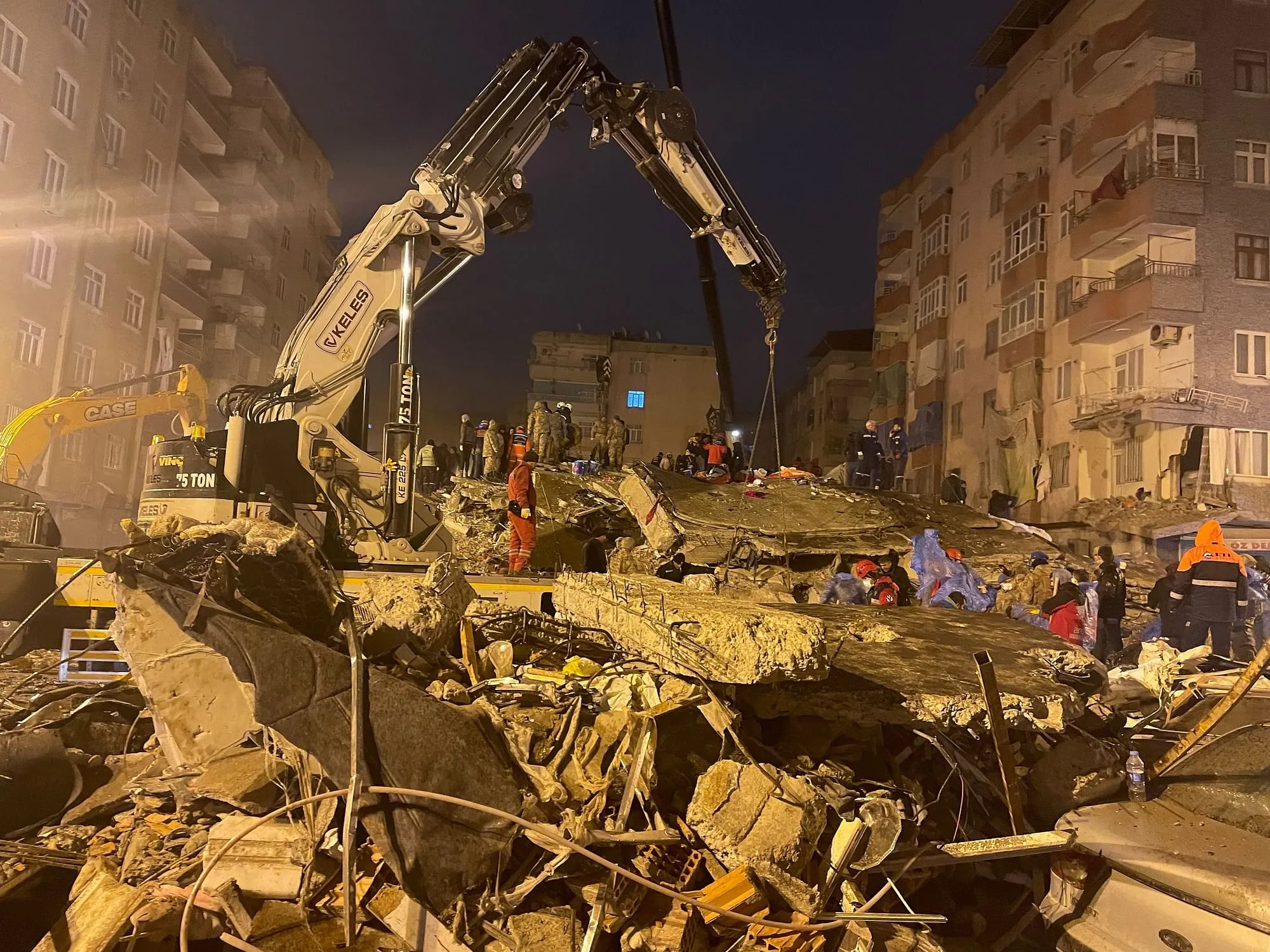Ankara, Feb 11: The sound of hurrying hands and heavy equipment working to find signs of life continues more than six days since two major earthquakes struck the southeastern region of Turkey along the border with Syria on February 6.
In battle-bruised, rebel-held Idlib, the earthquakes flattened numerous buildings, trapping residents under debris and exposing them to freezing temperatures.
Oussama al-Hussein, a coordinator with a healthcare NGO working in the area, told Al Jazeera that rescuers can hear voices under the rubble, but without proper equipment and international assistance, the White Helmets and other local rescue teams are struggling to rescue people.
On Tuesday, four members of a family were rescued from a collapsed building. In a video released by the White Helmets, the crowd can be heard cheering as each child was pulled out alive.
These hopeful moments punctuate the many silent searches which have ended in the recovery of a body. With each hour that passes, hopes for further rescues are diminishing.
Delays in international aid and assistance due to closed borders and roads destroyed by the tremors have compounded the challenges.
Surviving freezing conditions
Rescuers are racing against time, working in the snow, rain and freezing temperatures, dipping to minus 8 degrees Celsius (18 degrees Fahrenheit), to dig through the remains of buildings flattened by the earthquakes.
More bad weather is expected to hit the region, further hampering rescue and relief operations. Collapsed buildings and destroyed roads have also made it difficult to locate survivors and get crucial aid into affected areas. Several airports have also been closed after being damaged by the earthquakes.
The first earthquake’s epicentre, about 33 kilometres (20 miles) from the city of Gaziantep, a major city and provincial capital in southeastern Turkey, is home to millions of Syrian refugees living in southern Turkey. Thousands of residents have been left without shelter in freezing temperatures.
Mouaz Haj Bakri, a Syrian living in the United States, said he has lost about 40 family members in the earthquakes. Most of them were displaced and living in the city of Antakya in Turkey’s Hatay province, which has been almost entirely destroyed.
The first earthquake’s epicentre, about 33 kilometres (20 miles) from the city of Gaziantep, a major city and provincial capital in southeastern Turkey, is home to millions of Syrian refugees living in southern Turkey. Thousands of residents have been left without shelter in freezing temperatures.
How many people have been affected
The World Health Organization has warned that more than 23 million people could be affected by the massive earthquakes which have devastated Turkey and Syria.
In Turkey, a state of emergency has been declared in 10 provinces along its southern border with Syria.
The disaster-struck provinces — Kahramanmaras, Adana, Adiyaman, Osmaniye, Hatay, Kilis, Malatya, Sanliurfa, Diyarbakir and Gaziantep — comprise an area of about 100,000 square kilometres (38,000 square miles).
About 15 million people live in these 10 provinces, of whom more than 1.7 million are Syrian refugees from across the border, according to United Nations spokesperson Stephane Dujarric. (Al Jazeera)






